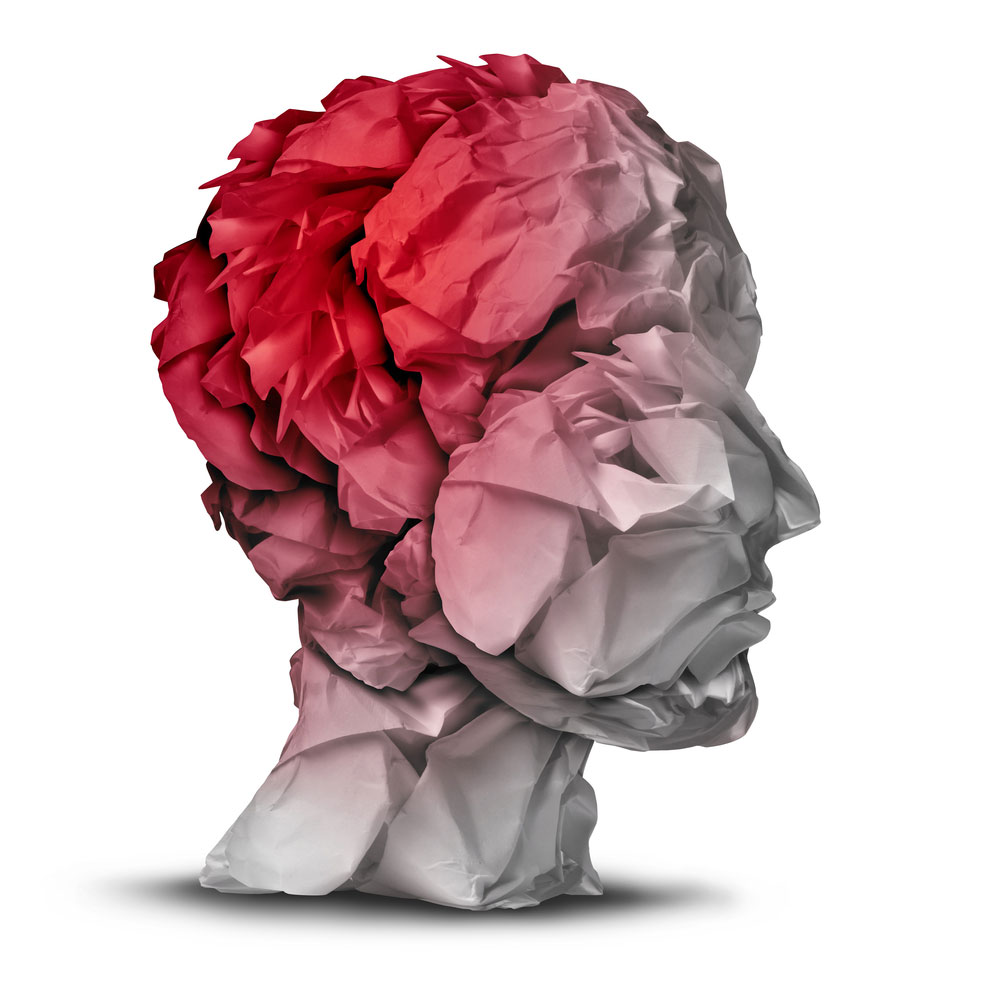A higher emphasis is being placed on concussion injuries, and for good reason. Although the long-term side effects of concussion are yet to be fully understood, traumatic injuries to the brain over short period of time can increase the likelihood of serious implications including neurological impairment and brain bleeding. The world is largely focusing on policies and gold standards towards the management, treatment and prevention of concussions and second impact syndrome (a secondary trauma to the head following a concussion).
What Is a Concussion?
Concussion is a traumatic brain injury, caused by biomechanical forces to the head, or anywhere on the body which transmits a force to the head. For onlookers, a concussion injury can look like a high impact collision, however concussion can also occur on minor innocuous contact.
What Are the Signs & Symptoms of a Concussion?
Signs and symptoms initially present as neurological presentations, which can be sometimes obvious, and occur immediately on injury, however some symptoms can be delayed and come hours or even days after injury. The SCAT5 assessment tool identifies possible signs and symptoms including:
- Blurred vision
- Drowsiness
- Balance problems.
- Sensitivity to light or noise
- Feeling anxious/nervous
- Comments like “I don’t feel right” or “I feel foggy”
- Increased Fatigue
- Headaches
- Confusion
- Dizziness
- Difficulty concentrating or remembering.
- Neck Pain
- Nausea or vomiting
Concussion Treatment and Management:
Once a concussion is diagnosed, a series of steps need to be completed before a person returns to sport or working conditions. Each step needs to have at least 24 hours before progressing as some delayed symptoms can present.
Stage 1 – Initial Rest 24-48 hours:
- Spend time in a quiet environment with minimal distractions or stimuli.
- Avoid physical activities that cause you to be out of breath.
- Limit screen time.
Stage 2 – Gradual Increase in Activity:
- Attempt simple tasks at home, like reading or writing, conversations.
- Once tolerating home environment, progress to environments like school or work.
- Light aerobic activity (at an intensity that can easily be maintained while having a conversation)
- Accommodate changes at work/school – reduce your hours, workload, quiet environment.
Stage 3 – Return to Activity:
- Return to competition/sport.Start introducing sport specific drills, introduce additional components listed below after each 24 hours passed without any symptoms.
- Non-contact training drills – passing, lane work, full ground drills.
- Full contact practice – tackling, bumping
- Non-contact sport specific drills – kicking, stationary skills.
- Workers/Students should start increasing hours/workload/usual workspace back to normal, remembering to only increase one aspect initially, waiting 24 hours till increasing the next.
Once back to full activities, you must get clearance from your medical doctor to fully return to work/sport. This is due to the increased likelihood of secondary impact syndrome/ secondary concussions if returning too early, risking more serious consequences.
Bottom line is – when in doubt, sit it out.
If you or someone you know has had a head knock, either in sports or otherwise, make sure to get checked out by a health professional.
You may wish to book an appointment with one of our practitioners for treatment and management after a concussion.
References
Echemendia, R. J., Meeuwisse, W., McCrory, P., Davis, G. A., Putukian, M., Leddy, J., Makdissi, M., Sullivan, S. J., Broglio, S. P., Raftery, M., Schneider, K., Kissick, J., McCrea, M., Dvořák, J., Sills, A. K., Aubry, M., Engebretsen, L., Loosemore, M., Fuller, G., Kutcher, J., Ellenbogen, R., Guskiewicz, K., Patricios, J., & Herring, S. (2017). The Sport Concussion Assessment Tool 5th Edition (SCAT5): Background and rationale. British Journal of Sports Medicine, 51(11), 848-850. https://doi.org/10.1136/bjsports-2017-097506
Elkington, L., Manzanero, S., & Hughes, D. (2019). Concussion in Sport Australia: Position Statement. https://www.concussioninsport.gov.au/__data/assets/pdf_file/0005/683501/February_2019_-_Concussion_Position_Statement_AC.pdf
McClain, R. (2015). Concussion and trauma in young athletes: prevention, treatment, and return-to-play. Primary Care, 42(1), 77-83. https://doi.org/10.1016/j.pop.2014.09.005
Reed, N., Silverberg, N. D., Iaccarino, M. A., McCrea, M., McCulloch, K. L., Panenka, W., Gregory, E., Dams-O’Connor, K., Iverson, G. L., Jamora, C. W., Belanger, H., McKinney, G., Cogan, A. M., & Provvidenza, C. (2019). Returning to Activity After a Concussion. Archives Of Physical Medicine And Rehabilitation, 100(4), 789-791. https://doi.org/10.1016/j.apmr.2018.11.022
Sports Medicine Australia. Concussion. https://sma.org.au/resources-advice/concussion/

